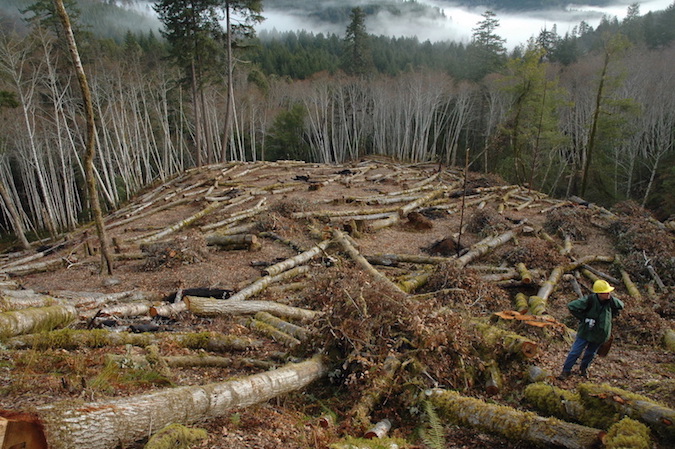Field studies evaluate methods to prevent sudden oak death in oaks and tanoak
DOI:
https://doi.org/10.5399/osu/fp.7.1.4024Abstract
We conducted field studies to evaluate management methods for the prevention of sudden oak death (SOD), caused by Phytophthora ramorum. Phosphite was applied as a trunk spray at the product label rate (22.36% a.i. aqueous solution + Pentra-Bark® surfactant at 2.3% v/v) to a 1.35 ha block of 233 large-diameter (mean 46 cm) tanoaks. Annual phosphite applications began in 2008; symptoms of P. ramorum were not seen in the stand until 2011. In 2013, SOD incidence in treated trees was 32% compared to 18% in adjacent untreated trees. Subsequent discontinuation of phosphite treatment did not affect disease progress; SOD continued to increase at similar rates in phosphite-treated and control trees, reaching 47% among phosphite-treated trunks compared to 32% in untreated trunks. Preventative phosphite application did not delay SOD onset, or reduce SOD incidence or SOD-related mortality.
In contrast, in other studies we found that removal of California bay (Umbellularia californica) around coast live oaks (Quercus agrifolia), California black oaks (Q. kelloggii), and Shreve oaks (Q. parvula var. shrevei) strongly decreased or prevented new disease development over study periods ranging from 5 to 7 years. In these studies, SOD incidence in oaks treated by removal of nearby California bay was 20 to 25% lower than in untreated controls.

